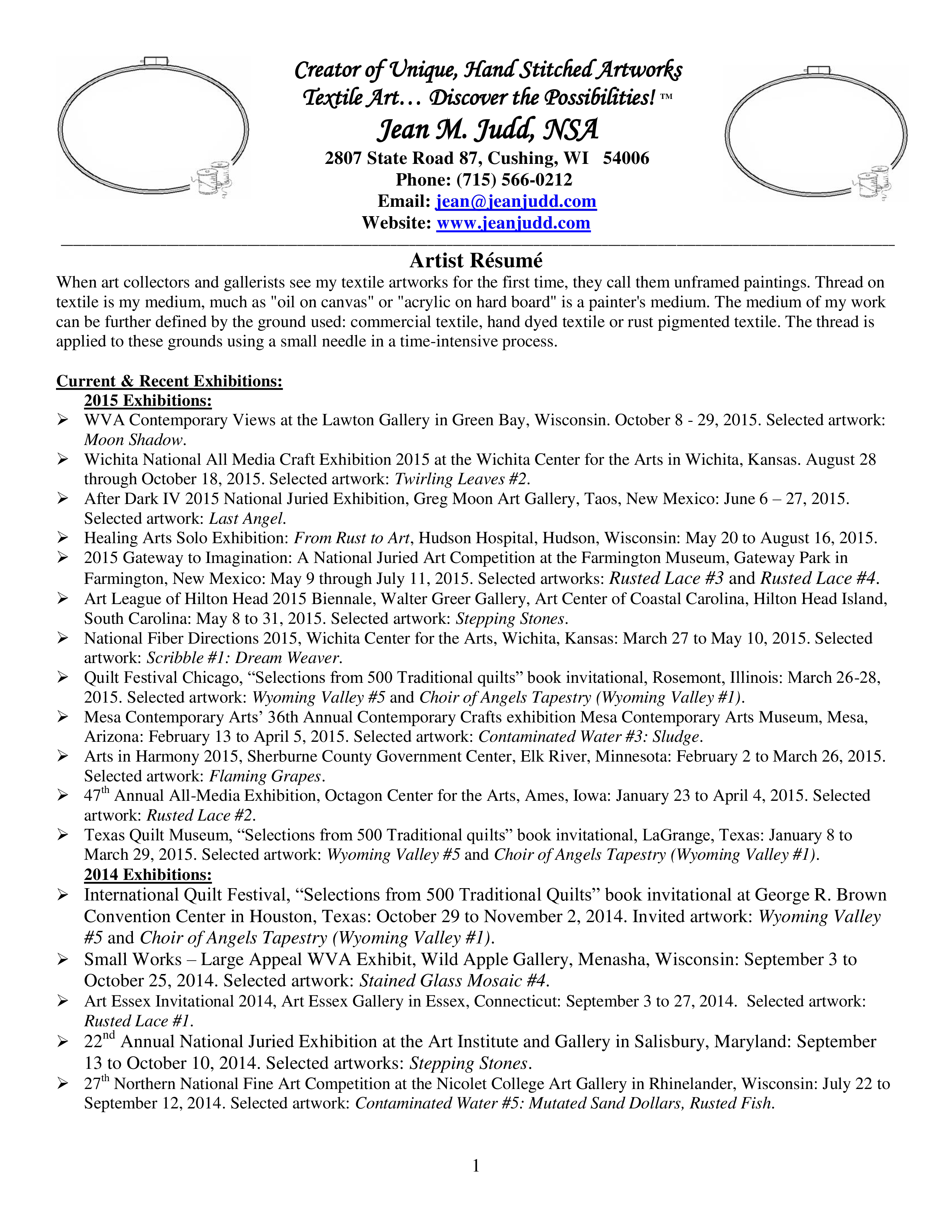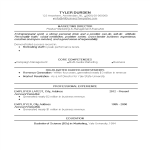Artist Resume
Save, fill-In The Blanks, Print, Done!

Download Artist Resume
Adobe Acrobat (.pdf)- This Document Has Been Certified by a Professional
- 100% customizable
- This is a digital download (495.28 kB)
- Language: English
- We recommend downloading this file onto your computer.
How to grab your future employers’ attention when you are applying for an art project as an artist? How to draft an artist resume that will impress your future customers? Our templates are designed to showcase your skills and accomplishments in a way that clearly demonstrates your qualifications. Plus, they are easy to use and customize, so you can create the perfect resume in no time.
An artist's resume, also known as an artist's CV (curriculum vitae), is a document that provides a detailed and comprehensive overview of an artist's professional background, artistic accomplishments, education, exhibitions, awards, and other relevant information. It serves as a vital tool for artists, whether they work in visual arts, performing arts, or any other creative field, to present their qualifications, achievements, and artistic journey to potential employers, galleries, clients, or grant organizations.
Key elements typically included in an artist's resume may consist of:
- Contact Information: The artist's name, address, phone number, email address, and website or online portfolio links.
- Artistic Statement or Objective: A brief statement that summarizes the artist's artistic philosophy, style, and objectives.
- Education: Details about the artist's formal education, including degrees earned, the names of institutions, and graduation dates.
- Exhibitions: A list of exhibitions where the artist's work has been displayed, including solo and group exhibitions, the name of the venue, location, and dates.
- Awards and Honors: Any awards, grants, or honors received for artistic achievements, along with the dates they were received.
- Publications: Information about publications, articles, books, or catalogs featuring the artist's work or contributions.
- Collections: If the artist's work is part of public or private collections, details about the collections and collectors may be provided.
- Professional Experience: Any relevant work experience, such as artist residencies, teaching positions, or other roles within the art community.
- Skills: A list of artistic skills, techniques, and mediums in which the artist specializes.
- Memberships: Any professional associations or organizations of which the artist is a member.
- Commissions: A list of commissioned works or projects the artist has completed.
- Bibliography: A list of references to the artist's work in books, magazines, catalogs, or other publications.
- Lectures and Workshops: Information about any lectures, workshops, or presentations the artist has conducted or participated in.
- References: On occasion, an artist's resume may include references from individuals who can attest to the artist's skills and professionalism.
An artist's resume should be well-organized, clear, and concise. It is a document that helps artists showcase their qualifications and achievements to a wide range of stakeholders, including galleries, potential clients, grant organizations, and academic institutions. The content and format of an artist's resume can vary based on the individual's artistic discipline and experiences.
Our resume templates have ways to grab your employer’s attention. Every other essential piece of your document is covered. After downloading and filling in the blanks, you can customize every detail and appearance of your resume and finish in minutes.
Print out your Artist Resume template now!
DISCLAIMER
Nothing on this site shall be considered legal advice and no attorney-client relationship is established.
Leave a Reply. If you have any questions or remarks, feel free to post them below.
Related templates
Latest templates
Latest topics
- Excel Templates
Where do I find templates for Excel? How do I create a template in Excel? Check these editable and printable Excel Templates and download them directly! - GDPR Compliance Templates
What do you need to become GDPR compliant? Are you looking for useful GDPR document templates to make you compliant? All these compliance documents will be available to download instantly... - Google Docs Templates
How to create documents in Google Docs? We provide Google Docs compatible template and these are the reasons why it's useful to work with Google Docs... - IT Security Standards Kit
What are IT Security Standards? Check out our collection of this newly updated IT Security Kit Standard templates, including policies, controls, processes, checklists, procedures and other documents. - Letter Format
How to format a letter? Here is a brief overview of common letter formats and templates in USA and UK and get inspirited immediately!
cheese


